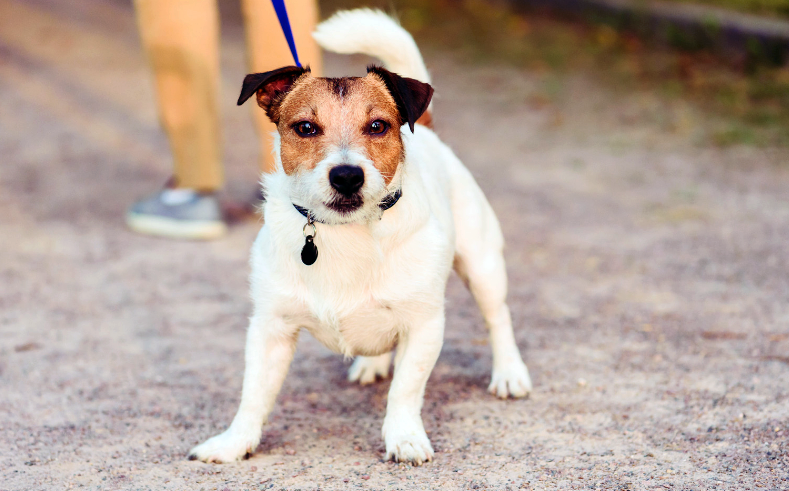What is reactivity?
We hear the word, reactive or reactivity bandied about as it applies to dogs, but what does it really mean? Reactive dogs become over aroused and will overreact to common stimuli in their environment. They may be unable to control their escalating emotions. These dogs are fearful, anxious, or stressed (which includes over excitement) by everyday triggers including cars, other dogs, people, cars, critters, bikes, etc. Reactive dogs have an abnormal response to normal situations.
To better understand your dog’s emotional response, take a moment to consider something that scares you. If you are afraid of snakes, you may become so frozen in fear the moment you spot one, that nothing anyone says or does will help you. In fact, you may not even register what they are saying because you are so absorbed in your anxiety! Recently, a friend and I were on a country walk when she spotted a non-venomous snake about 60 feet away. She saw it when I did not because she is anxious and hypervigilant about snakes. The dogs and I walked by without incident but my friend was rooted to the spot, unable to move forward and slowly backed away while her eyes continually watched the snake.
Answer these 10 questions to find out if your dog is reactive.
- Is your dog easily aroused or excited by common things in the environment?
- Does your dog lunge, bark or growl at certain triggers that he or she sees?
- Does your dog whine, leap toward something distracting, or bite the leash when over aroused?
- Is your dog so preoccupied by these triggers or over their emotional threshold that you have trouble getting your dog to listen to simple cues or move away from the distraction?
- Does your dog ignore treats during these situations?
- Does your dog act tense, anxious, and scan the environment acting fixated during each walk?
- When it’s time for a walk, does your dog resist you putting the harness on or turns away when the leash is presented?
- Do your neighbors go the other way when they see you?
- Do you feel hopeless, anxious, or angry when your dog acts like this?
- Would you like to change your dog’s behavior?
If you answered yes, to more than two of these questions, you have a reactive dog.
How can you help your dog? Understand where your dog is on the Stress Ladder at any given moment.
The stress ladder tells us what our dog’s emotional state is in real time. It allows us to respond appropriately before they emotionally worsen. Respond appropriately before your dog’s behavior escalates into the next zone.
Ideally, your dog should be in the Green Zone. If you see a change in your dog’s emotional state, try to change it before it escalates upward on the Stress Ladder.




What can you do to change your dog’s response?
Avoidance is the first step. Whether your dog is too excited, or stressed and worried, you may have experienced that your dog can’t listen well when reacting. To change that, your dog needs DISTANCE from the stimulus (dog, person, squirrel, etc.) that is causing them to react. Don’t wait until your dog is reacting to turn and leave the situation. Do it as soon as you see the stimulus, or as soon as you see your dog’s attitude change, perhaps from sniffing the grass calmly, to stiffly staring into the distance. Avoid the situation and you avoid the reaction.
Pay attention to the environment (and your dog’s body language) and move your dog away BEFORE the reaction occurs and while your dog can still respond to you. Teach them ahead of time that a specific cue, such as let’s go or leave it, means to turn and quickly go the other way. Reward generously with high-value treats or play.
Avoidance, as described above, is an important initial step in helping your dog. Additional steps include teaching an alternative behavior to reacting, and conditioning your dog to feel safe in the environment. With time and patience, your dog’s reactive behavior can be modified and lessened.

